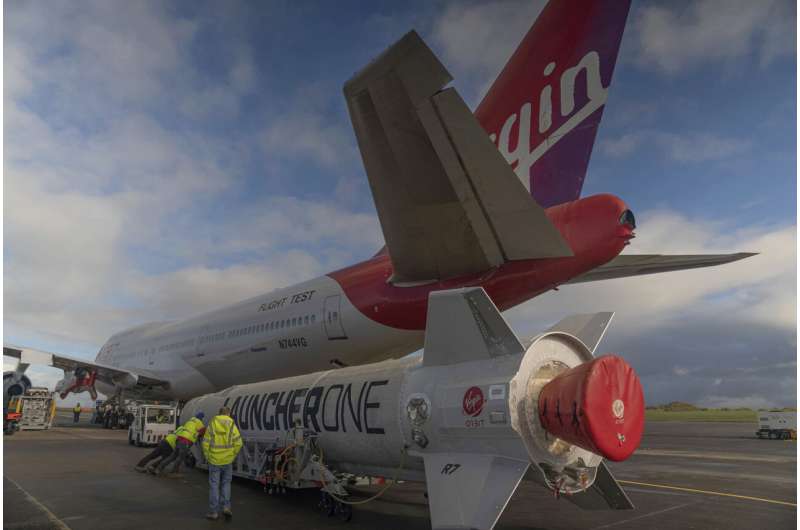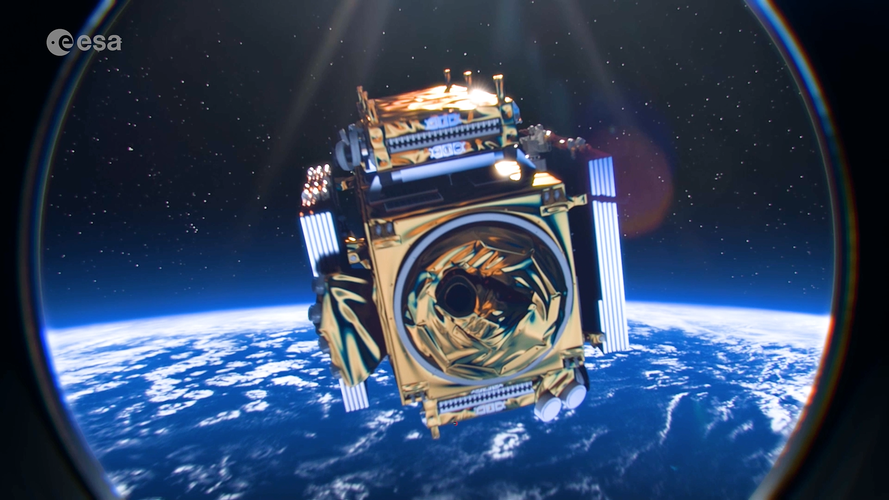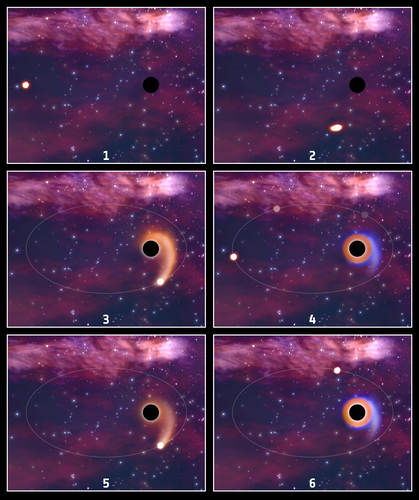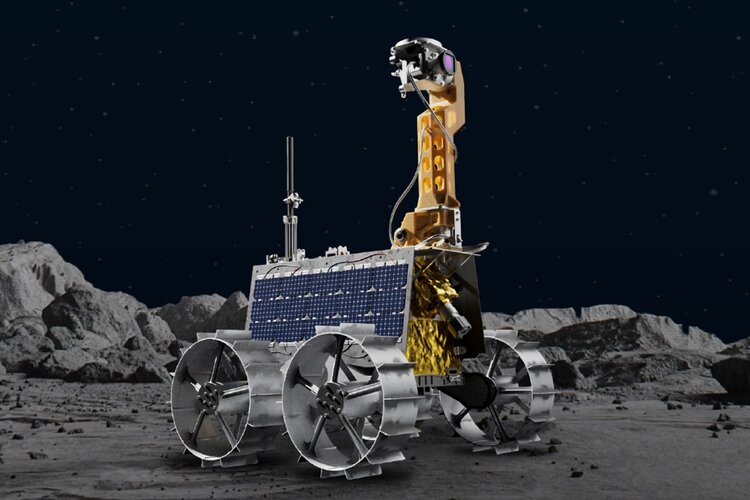
Copernical Team
Lunar Flashlight team assessing spacecraft's propulsion system
 NASA's Lunar Flashlight mission successfully launched on Dec. 11, 2022, to begin its four-month journey to the Moon, where the small satellite, or SmallSat, will test several new technologies with a goal of looking for hidden surface ice at the lunar South Pole. While the SmallSat is largely healthy and communicating with NASA's Deep Space Network, the mission operations team has discovered that
NASA's Lunar Flashlight mission successfully launched on Dec. 11, 2022, to begin its four-month journey to the Moon, where the small satellite, or SmallSat, will test several new technologies with a goal of looking for hidden surface ice at the lunar South Pole. While the SmallSat is largely healthy and communicating with NASA's Deep Space Network, the mission operations team has discovered that Virgin Orbit: Premature shutdown behind rocket launch fail

ESA Preview 2023
 Video:
00:06:33
Video:
00:06:33
At the start of 2023 the European Space Agency ESA is happily looking forward to another year filled with a host of thrilling new missions, cutting edge science and the continued effort to guarantee independent access to space for Europe. We will see the first images of the first Meteosat Third Generation satellite, the launch of the Jupiter Icy Moons Explorer, and of Euclid and another Sentinel-1 satellite launch. It will also be the year of Ariane 6 which will make its inaugural flight and the first Dane in space, Andreas Mogensen will return to the ISS
XMM-Newton spies black holes eating the same stars again and again

Two teams of astronomers using ESA’s XMM-Newton space telescope have observed repeated outbursts of light from inactive black holes that partially destroy stars again and again. This discovery is unexpected, since outbursts of black holes usually appear only once when a black hole consumes a star.
Snowless ski slopes from space
 Image:
Europe has kicked off the new year with an intense winter heatwave. The warm temperatures and lack of snowfall in the Alps has left several ski resorts with little or no snow. The difference in snow cover is visible in these Copernicus Sentinel-2 images captured in January 2022
Image:
Europe has kicked off the new year with an intense winter heatwave. The warm temperatures and lack of snowfall in the Alps has left several ski resorts with little or no snow. The difference in snow cover is visible in these Copernicus Sentinel-2 images captured in January 2022 ESA to touch Moon from wheels of UAE Rashid rover

The very first European technology to make contact with the surface of the Moon will be on the wheels of the Rashid rover, part of the Emirates Lunar Mission currently on the way to our natural satellite. The outer rims of this rover’s four wheels incorporate small sample panels to test how differing materials cope with the abrasive lunar surface, including a quartet of samples contributed by ESA.
SES secures 300M Euro in financing from European Investment Bank
 The European Investment Bank (EIB), the financing institution of the European Union, and leading global content connectivity solutions provider SES announced details of their euro 300 million financing agreement at a press briefing at the SES headquarters in Betzdorf, Luxembourg.
The seven-year term loan will back investments related to the design, procurement and launch of three previousl
The European Investment Bank (EIB), the financing institution of the European Union, and leading global content connectivity solutions provider SES announced details of their euro 300 million financing agreement at a press briefing at the SES headquarters in Betzdorf, Luxembourg.
The seven-year term loan will back investments related to the design, procurement and launch of three previousl Unibap receives order from Thales Alenia Space
 Unibap AB (publ) has received an order from Thales Alenia Space to provide SpaceCloud solution for technology development targeting use on future satellite missions. The order value is KEUR 182.
Thales Alenia Space in Italy has placed a contract with Unibap to use SpaceCloud infrastructure to develop a next generation on-orbit processing solution for future satellite missions. Thales Aleni
Unibap AB (publ) has received an order from Thales Alenia Space to provide SpaceCloud solution for technology development targeting use on future satellite missions. The order value is KEUR 182.
Thales Alenia Space in Italy has placed a contract with Unibap to use SpaceCloud infrastructure to develop a next generation on-orbit processing solution for future satellite missions. Thales Aleni China's space-based solar camera publishes data on solar atmosphere
 A China-developed space-borne solar camera studying the solar transition region released its first group of scientific data on Wednesday.
The 46.5-nanometer extreme-ultraviolet imager or Solar Upper Transition Region Imager (SUTRI), mounted on SATech 01 satellite, was launched into space on July 27, 2022, from the Jiuquan Satellite Launch Center in Northwest China by a Lijian 1 carrier roc
A China-developed space-borne solar camera studying the solar transition region released its first group of scientific data on Wednesday.
The 46.5-nanometer extreme-ultraviolet imager or Solar Upper Transition Region Imager (SUTRI), mounted on SATech 01 satellite, was launched into space on July 27, 2022, from the Jiuquan Satellite Launch Center in Northwest China by a Lijian 1 carrier roc New Webb image reveals dusty disk like never seen before
 NASA's James Webb Space Telescope has imaged the inner workings of a dusty disk surrounding a nearby red dwarf star. These observations represent the first time the previously known disk has been imaged at these infrared wavelengths of light. They also provide clues to the composition of the disk.
The star system in question, AU Microscopii or AU Mic, is located 32 light-years away in the
NASA's James Webb Space Telescope has imaged the inner workings of a dusty disk surrounding a nearby red dwarf star. These observations represent the first time the previously known disk has been imaged at these infrared wavelengths of light. They also provide clues to the composition of the disk.
The star system in question, AU Microscopii or AU Mic, is located 32 light-years away in the 
